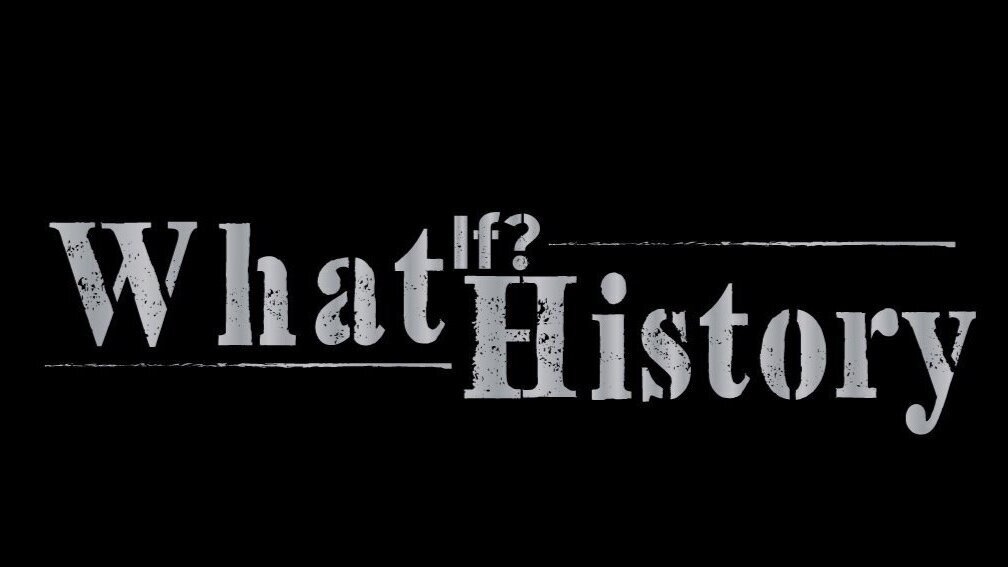How the Cuban Missile Crisis Almost Destroyed the World
Recently I was watching Thirteen Days and it got me thinking what could have happened if cooler heads had not prevailed during October of 1962. How close did the world actually come to nuclear annihilation? What if America had invaded Cuba as had initially been discussed in order to remove the missiles from Cuba?
The USSR had begun placing nuclear missiles in Cuba in response to American missiles capable of reaching Moscow being placed in Italy and Turkey in 1961. The Soviet’s, seeing these weapons as a threat to their nation and a first-strike weapon determined they needed to have their own first-strike system in place to strike at the heart of America, leading offensive weapons to be placed in Cuba.
America did not learn that the missiles were in Cuba until the launch sites were already being constructed with the missiles already being delivered to Cuba. The missiles, if launched, would be able to strike the continental United States within 5 minutes. A decision had to be made as to how to remove the missiles from Cuba without triggering a war.
Massive airstrikes with a follow on invasion were considered and discussed. One of the major concerns at the time behind striking and invading Cuba was that many Soviet soldiers would die in the process, triggering a response by the Soviet Union. It was believed that the response would be an attack against Berlin which would then trigger a NATO response and likely escalate into a full scale nuclear war which would result in hundreds of millions of deaths.
Another aspect that American leaders were unaware of was that over 100 tactical nuclear weapons had been deployed to Cuba with local launch authority being given to the on the ground Soviet commanders. This means that if an invasion had taken place, nuclear weapons would likely be deployed against American troops and possibly Florida as well. This would have caused an immediate escalation to a nuclear conflict, again causing hundreds of millions of deaths worldwide.
Thankfully these two scenarios did not occur. Instead a blockade stopping further Soviet ships from delivering offensive weapons to Cuba. Ships were to be inspected and if they were found to contain offensive weapons, turned back. This blockade eventually succeeded in bringing the USSR to the table and a negotiated withdrawal of offensive weapons from Cuba and by America in Turkey.
What was not known at the time was that a Soviet submarine, being depth-charged by an American warship to force it to the surface, was carrying a nuclear torpedo. The three ranking members of the submarine were debating utilizing the nuclear weapon as they were running out of air and did not wish to surface their submarine due to the vulnerability that would place them in. This was debated and finally, the second in command of the submarine Vasily Arkhipov refused to allow the release of the nuclear weapon. If he had agreed with releasing the weapon, it is likely that this event would have triggered a nuclear war.
This one event in our history had three distinct moments that could have resulted in a nuclear confrontation. Thanks to skillful negotiation, the proper decisions, and some blind luck we have the opportunity to sit here and discuss how the world would have been different if a nuclear war had broken. The alternative is ghastly to contemplate.



